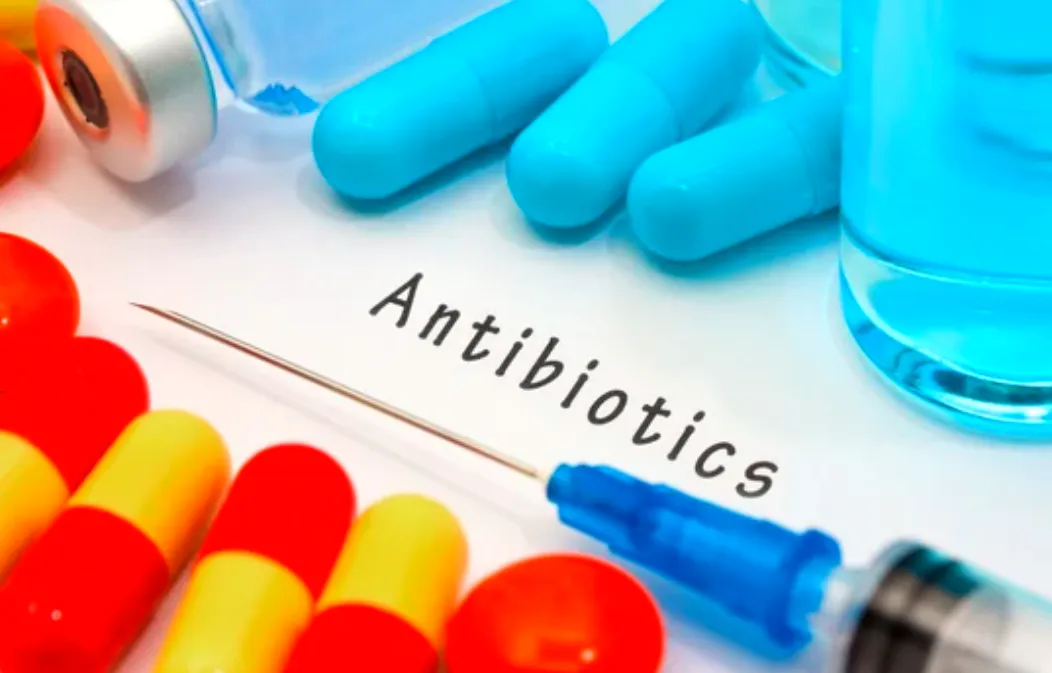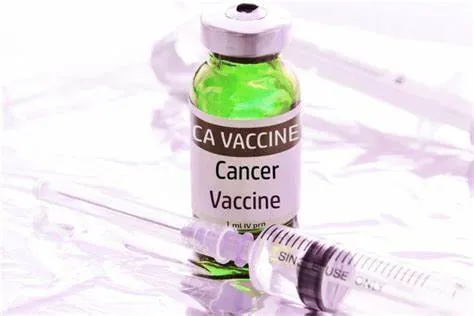WHO Calls for Increased Bird Flu Surveillance: A Growing Concern
The World Health Organization (WHO) has recently urged countries to ramp up surveillance measures and closely monitor the spread of bird flu (avian influenza). This call comes amid concerns over the increasing cases of H5N1 avian influenza in both poultry and humans. As the disease evolves, scientists, public health experts, and governments are working together to track its spread and prevent a potential pandemic. This article explores the growing concern over bird flu, the role of WHO in addressing it, and the steps necessary to prevent a major outbreak.
What is Bird Flu?
Bird flu, or avian influenza, is a viral infection primarily affecting birds, particularly wild birds and domestic poultry. However, certain strains, such as H5N1, have been known to infect humans and other animals, often with severe consequences. The virus is highly contagious among birds, and it spreads quickly through direct contact with infected birds, their droppings, or contaminated food and water. While human cases of bird flu are rare, when they do occur, the consequences can be serious, leading to high mortality rates and the potential for widespread public health risks.
The Threat of Avian Influenza H5N1
The H5N1 strain of bird flu has garnered significant attention due to its deadly nature and the possibility of it mutating into a strain that could easily spread among humans. Since its discovery, H5N1 has led to several outbreaks across various regions, most notably in Asia and parts of Europe and Africa. The virus has been responsible for the death of millions of birds, and in certain cases, it has spread to humans, leading to severe illness and death.
WHO has been closely monitoring the H5N1 strain, especially as it continues to circulate in bird populations. The fear among experts is that the virus could undergo genetic changes that would make it easily transmissible between humans, potentially leading to a global pandemic. While the virus has not yet developed this ability, there are growing concerns about its potential evolution.
WHO’s Call for Increased Surveillance
The WHO’s latest call for stepped-up surveillance comes in response to the increasing global cases of bird flu and the apparent rise in human infections in some regions. While human cases remain relatively rare, the agency is particularly concerned about the continued spread of H5N1 among wild birds and poultry, as well as the potential for cross-species transmission.
The organization has emphasized the need for countries to strengthen their surveillance systems, enhance early detection capabilities, and ensure that resources are allocated for rapid response efforts. This includes monitoring wild bird migration patterns, improving biosecurity measures in poultry farming, and enhancing testing capabilities for both birds and humans.
In addition to urging heightened surveillance, WHO has also recommended increased public awareness and education to ensure that people, especially those in close contact with poultry or wild birds, understand the risks of bird flu and how to prevent infection. This is particularly important in countries where avian influenza outbreaks have been more frequent, such as in Southeast Asia, Europe, and parts of Africa.
The Risk of Human Transmission
Although bird flu remains primarily a disease of birds, there have been cases where humans have contracted the virus, particularly in areas where there have been significant outbreaks in poultry. Human-to-human transmission of H5N1 has been rare but possible in specific instances, often in situations where people have had prolonged, close contact with infected birds or contaminated environments.
One of the most significant concerns is that the virus could undergo genetic mutations that would allow it to spread more easily among humans. In the event of such a mutation, there could be a surge in human infections, potentially leading to a pandemic. The fear is that the virus could combine its avian characteristics with those of a human flu strain, allowing for easier transmission and, in turn, causing widespread illness and death.
In addition to the human risk, there are concerns about the economic impact of a bird flu pandemic. Poultry farming is a major industry in many parts of the world, and large-scale outbreaks of avian influenza can result in the mass culling of birds, economic losses, and disruptions to the global food supply.
Strengthening Global Preparedness
To combat the threat of bird flu, global cooperation is essential. WHO has been working with countries, health organizations, and agricultural agencies to develop preparedness strategies and response plans for potential outbreaks. This includes the creation of diagnostic tests, the development of vaccines, and the improvement of rapid-response systems in affected areas.
Countries are being encouraged to improve their monitoring of both wild and domesticated bird populations, as well as to implement measures such as vaccination programs for poultry. This is critical in reducing the spread of the virus from animals to humans, particularly in regions with high levels of poultry farming.
Additionally, WHO has highlighted the importance of preparedness for potential human cases. This includes ensuring that healthcare systems are equipped to handle a surge in cases, providing training for healthcare workers, and increasing public health awareness to prevent the spread of the disease.
The agency is also focusing on the development of antiviral treatments and vaccines that could help mitigate the effects of bird flu in the event of a human outbreak. While there are vaccines available for some strains of avian influenza, the development of a universal bird flu vaccine remains a work in progress.
The Role of Governments and Local Authorities
Governments play a crucial role in preventing the spread of bird flu. In addition to strengthening surveillance systems and improving biosecurity measures in poultry farms, governments must ensure that public health infrastructure is adequately prepared to respond to a potential outbreak. This involves close coordination between health ministries, agricultural authorities, and international health organizations like WHO.
Countries that are particularly vulnerable to bird flu outbreaks, such as those in Southeast Asia, Africa, and parts of Europe, must take proactive steps to ensure that surveillance and prevention measures are in place. This includes monitoring live bird markets, regulating the movement of poultry, and ensuring that there is adequate public health infrastructure to manage any potential outbreaks.
At the local level, authorities must work closely with farmers and communities to educate them about the risks of bird flu and the steps they can take to protect themselves and their animals. This may involve providing guidelines on safe poultry handling, personal protective equipment, and vaccination for birds.
Public Health Implications
Bird flu poses a significant threat to public health, both from a direct and indirect perspective. While the disease may not be as widespread in humans as seasonal flu, the potential for an avian flu pandemic remains a major concern. As such, it is critical for public health systems to remain vigilant, prepared, and ready to respond to any signs of human cases.
One of the most important public health responses to bird flu is early detection. With enhanced surveillance systems in place, public health authorities can more quickly identify potential outbreaks and take action to contain them. This can include quarantining infected areas, conducting mass testing, and distributing antiviral medications to at-risk populations.
In addition to early detection, it is also essential to have public health campaigns aimed at preventing the spread of bird flu. This includes educating the public about the risks of close contact with poultry, the importance of proper hygiene, and the need to avoid consuming undercooked or contaminated poultry.
Conclusion
The WHO’s call for increased bird flu surveillance reflects the growing concern about the potential for avian influenza to spread and affect human health. While the risk of a pandemic remains low at this point, the possibility of genetic mutations in the virus makes it a serious public health threat. By strengthening surveillance systems, improving biosecurity measures in poultry farming, and ensuring that healthcare systems are prepared, countries can better manage the risks posed by bird flu and prevent its spread.
Global cooperation, early detection, and public health awareness are key to minimizing the impact of bird flu on both human health and the economy. As the virus continues to evolve, it is crucial that we remain vigilant and proactive in our efforts to combat this disease and protect public health. The WHO’s call for increased surveillance is an essential step in ensuring that we are prepared for any potential outbreak and can respond swiftly and effectively to protect lives.






















